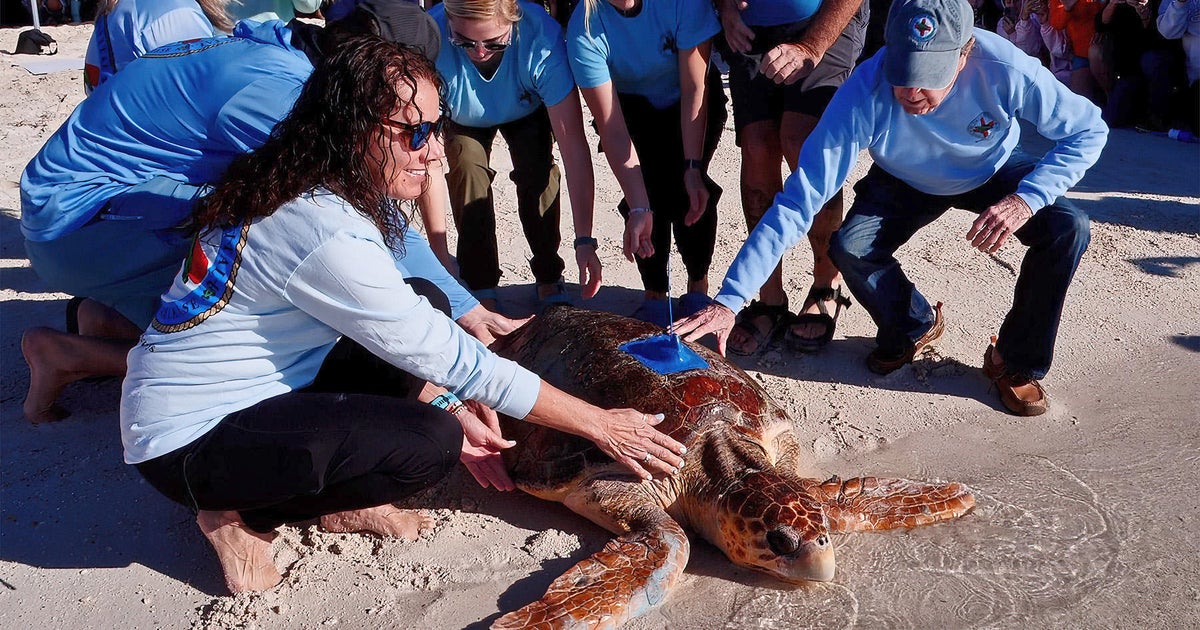NSU Helps Track Sharks With A Mouse Click
HOLLYWOOD (CBSMiami) – Shark enthusiasts all over the world have a new tool to track sharks and dive into "Shark Week 2013" with the help of a South Florida university.
Nova Southeastern University's Guy Harvey Research Institute's(GHRI) interactive website tracks four shark species (mako, tiger, oceanic white tip and sand tiger) around the world.
The data users can see is astounding, showing where and how far the sharks travel over time.
"Understanding where these animals migrate to and when they do it is crucial to their conservation," said Guy Harvey, Ph.D. "The Guy Harvey Research Institute is a worldwide leader in shark tagging and research. Dr. Shivji and his GHRI team have been able to record some of the longest tracks in the modern history of shark research."
The tracking equipment on 18 of the sharks is sending back data on the shark's whereabouts in the open ocean.
Their movements can be seen in real-time on the website.
One of the longest recorded tracks is from a tiger shark named Harry Lindo. Harry Lindo has been tracked since 2009 and has covered 27,000 miles.
The shark tagging program at NSU now includes New Zealand and West Altantic mako sharks; tiger sharks in Western Australia, Bermuda, Grand Bahama, Bimini Chub Cay, and Grand Cayman; oceanic white tip sharks in the Bahamas and Caribbean; and sand tiger sharks in the Atlantic.
While tracking the shark's movements, researchers have been able to see seasonal patterns, their deepest dives and the speed at which sharks travel.
The NSU Guy Harvey Research Institute shark-tracking website can be accessed by clicking here.



